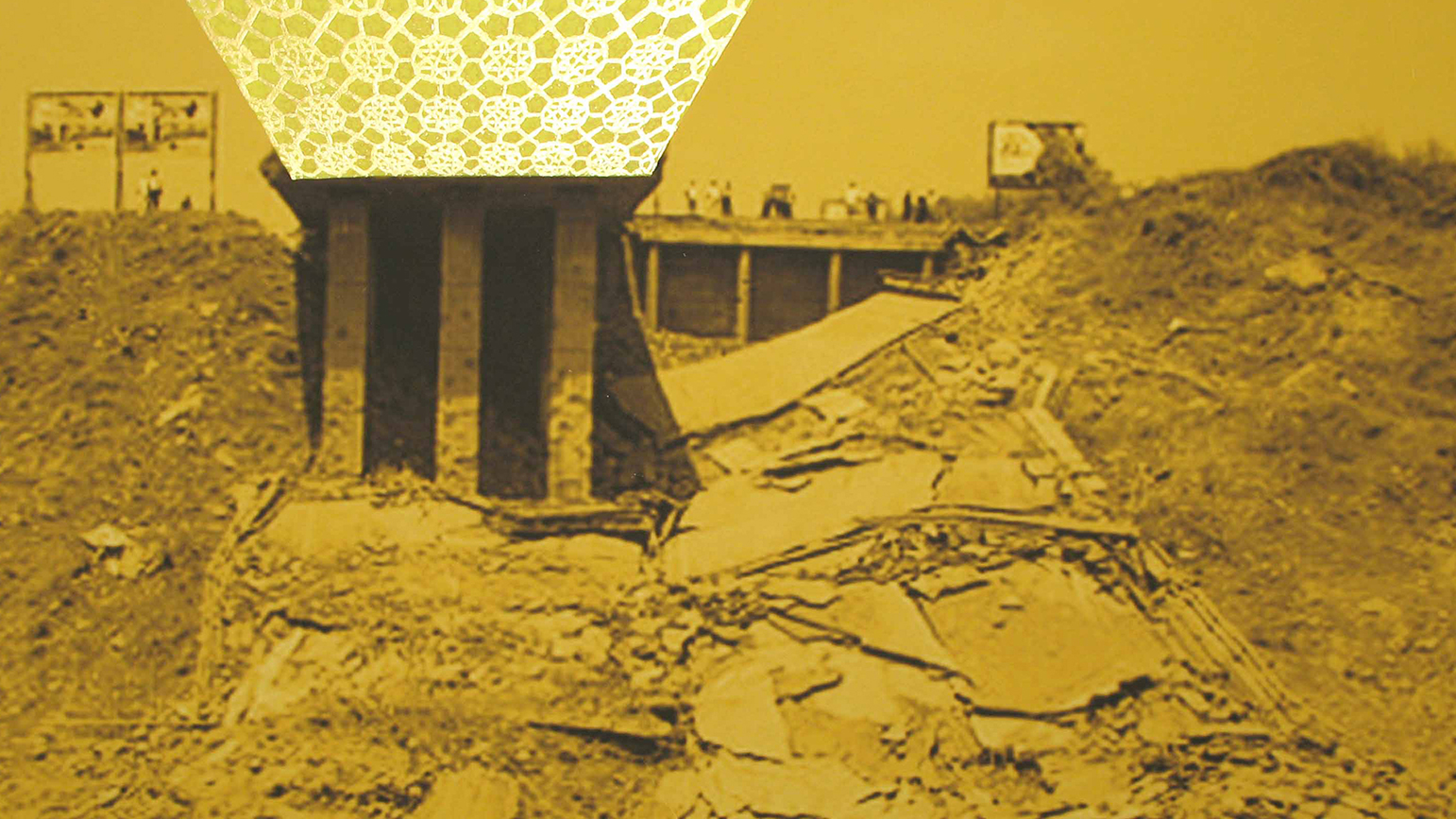
Protests and opposition movements have long been a social tool by which to mobilize groups of people around shared grievances, allowing them to collectively interrogate power structures and enact change through the discursive processes of resistance. Various forms of protest have been an important point at which resistance enters the public space and gains broader visibility, often through images that become symbols of the movement. The images produced around protests and resistance movements thus play a larger role in shaping narratives for public consumption.
“Visualizing Narratives: Shaping Resistance,” which includes work by Professor Susanne Slavick, seeks to explore the role of visual production around protests and forms of resistance. It considers such questions as: How do artists monumentalize and memorialize acts of resistance in their work? In what ways does the media visually shape narratives around protests or resistance movements? In what ways does artwork respond to, reshape, interrogate, or blur broader narratives? What role does the mass dissemination of images – by artists and the public via new media – play in shaping public perception of protests and resistance movements?
“Visualizing Narratives: Shaping Resistance” is on view at the Stamp Gallery at the University of Maryland, February 13 through March 30.




